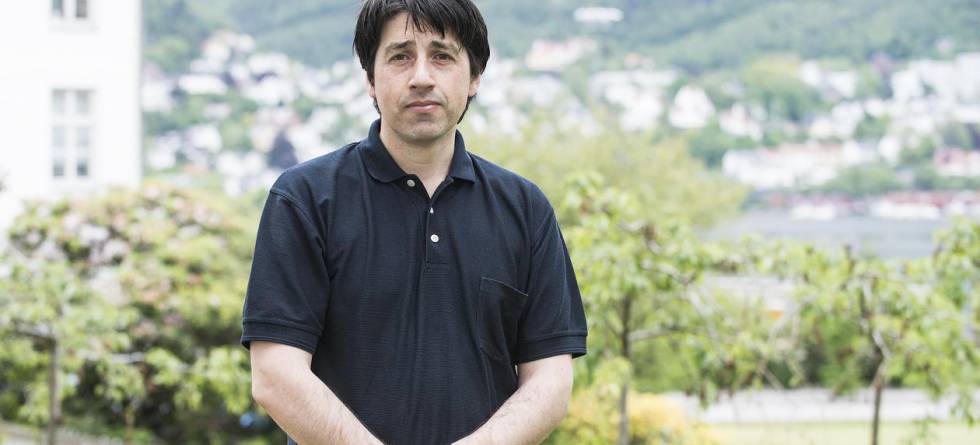Noel Keenlyside has been a Professor at the Geophysical institute, University of Bergen (UiB) and the Bjerknes Centre for Climate Research since 2011, and has had a great impact on the university’s climate research. His main concern is climate prediction, improving and combining existing models.
“We know that no model is perfect. By interactively combining models, we are able to get the most out of them. This approach has a great potential” says Keenlyside.
The Australian national came to Bergen, Norway in 2011. He learnt of the university through the internationally known Bjerknes Centre for Climate Research (BC) and through having worked with Professor Helge Drange, whose research focusses on climate variations and ocean modelling. Since then, Keenlyside has made his home here.
World class research in a peaceful city
Keenlyside points to the scientific environments as one of his main reasons for moving to UiB. Although an expert in tropical meteorology, he fits right in with UiB and BC researchers, with a common interest in North Atlantic climate.
"They were looking for someone to strengthen their competence on the tropics. I, on the other hand, was quite interested in extending my research to higher latitudes. The research group is very collaborative,” says Keenlyside.
He also enjoys living in the city of Bergen on a personal level.
“It is quiet and peaceful; the way I like it. I had the opportunity to go back to Australia and Melbourne, but decided to stay here. It is a nice place to live,” he says.
Useful for society
As a young man, Keenlyside studied mathematics and physics. The path to a career in climate research became clear after his Bachelor’s degree.
“I have always been interested in the idea of predictability, extremely interested, in fact. After my Bachelor’s degree I focussed on climate research and predictability, and found that I liked its applied side. Its usefulness for society is clear,” says the professor.
Praise from the EU
”Our understanding of climate predictability is not very good; we do not know the limits. We see predictability in the North Atlantic, but not in the Pacific.”
The ERC grant gave him the opportunity to extend his work on supermodels for predictability, combining models to make better ones.
”By combining multiple models we create a supermodel, and try to represent the climate system as one, understanding how the ocean contributes to the climate. The grant represents a huge opportunity. I want to make our research useful.”
Saving lives
The applied use of science is a driving factor for Keenlyside. Improved models for predicting climate has a number of benefits. Keenlyside uses the deadly droughts in the 1980’s in Africa’s Sahel region, with its semi-arid climate, as an example.
“Many lives could have been saved, had we had better models and been able to predict these dry spells,” he says.
Improved models for predicting the climate may also have economic benefits.

